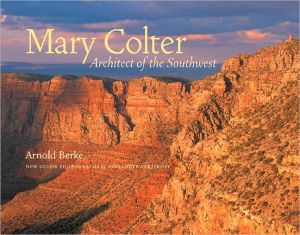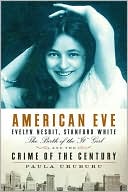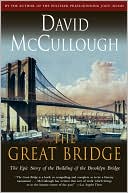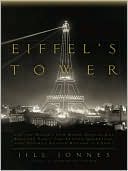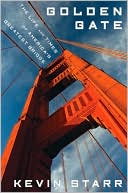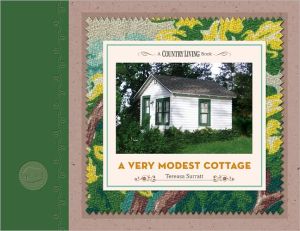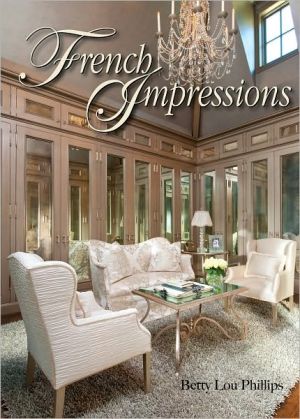Mary Colter: Architect of the Southwest
Mary Colter may well be the best-known unknown architect in the world: her buildings at the Grand Canyon National Park-which include Lookout Tower, Hopi House, Bright Angel Lodge, and many others-are admired by almost five million visitors a year. \ This extraordinary book about an extraordinary woman weaves together three stories-the remarkable career of a woman in a man's profession during the late 19th century; the creation of a building and interior style drawn from regional history and...
Search in google:
Berke (editor for Preservation magazine of the National Trust for Historic Preservation) discusses Mary Colter, whose life combines three stories: the career of a female architect and interior designer during the late 19th and early 20th centuries when the profession was considered a man's domain; the designs that drew from regional history and landscape; and the opening of the region for the leisure traveler thanks to the Santa Fe Railway and the Fred Harvey Company. The book contains 120 color and 150 b&w photographs. Annotation c. Book News, Inc., Portland, ORLibrary JournalFame is coming belatedly to American architect and designer Mary Colter (1869-1958), and this illustrated volume is the most detailed study of her career to date. If her name is not well known, her work certainly is. Colter was an employee of the Harvey Company from 1910 to 1948, and her main task was the design and decoration of Harvey hotels and restaurants along the Santa Fe Railway. A versatile designer who integrated authentic regional elements into strong themes, Colter was responsible for famous hotels such as El Navajo in Gallup, NM; La Posada in Winslow, AZ; and Painted Desert Inn in Painted Desert, AZ. Her rustic-styled buildings at the Grand Canyon, including the Hopi House, Bright Angel Lodge, and others, influenced National Park Service development, and the style became known as National Park Service Rustic. This sympathetic and well-documented book by Berke, an editor at Preservation magazine who also writes on historic architecture, includes new photographs. The final chapter describes the fates of many Colter buildings, including the restoration of some survivors. Recommended for regional public and academic libraries. David R. Conn, Surrey P.L., BC Copyright 2001 Cahners Business Information.
\ Library JournalFame is coming belatedly to American architect and designer Mary Colter (1869-1958), and this illustrated volume is the most detailed study of her career to date. If her name is not well known, her work certainly is. Colter was an employee of the Harvey Company from 1910 to 1948, and her main task was the design and decoration of Harvey hotels and restaurants along the Santa Fe Railway. A versatile designer who integrated authentic regional elements into strong themes, Colter was responsible for famous hotels such as El Navajo in Gallup, NM; La Posada in Winslow, AZ; and Painted Desert Inn in Painted Desert, AZ. Her rustic-styled buildings at the Grand Canyon, including the Hopi House, Bright Angel Lodge, and others, influenced National Park Service development, and the style became known as National Park Service Rustic. This sympathetic and well-documented book by Berke, an editor at Preservation magazine who also writes on historic architecture, includes new photographs. The final chapter describes the fates of many Colter buildings, including the restoration of some survivors. Recommended for regional public and academic libraries. David R. Conn, Surrey P.L., BC Copyright 2001 Cahners Business Information.\ \ \ \ \ BooknewsBerke (editor for magazine of the National Trust for Historic Preservation) discusses Mary Colter, whose life combines three stories: the career of a female architect and interior designer during the late 19th and early 20th centuries when the profession was considered a man's domain; the designs that drew from regional history and landscape; and the opening of the region for the leisure traveler thanks to the Santa Fe Railway and the Fred Harvey Company. The book contains 120 color and 150 b&w photographs. Annotation c. Book News, Inc., Portland, OR (booknews.com)\ \
